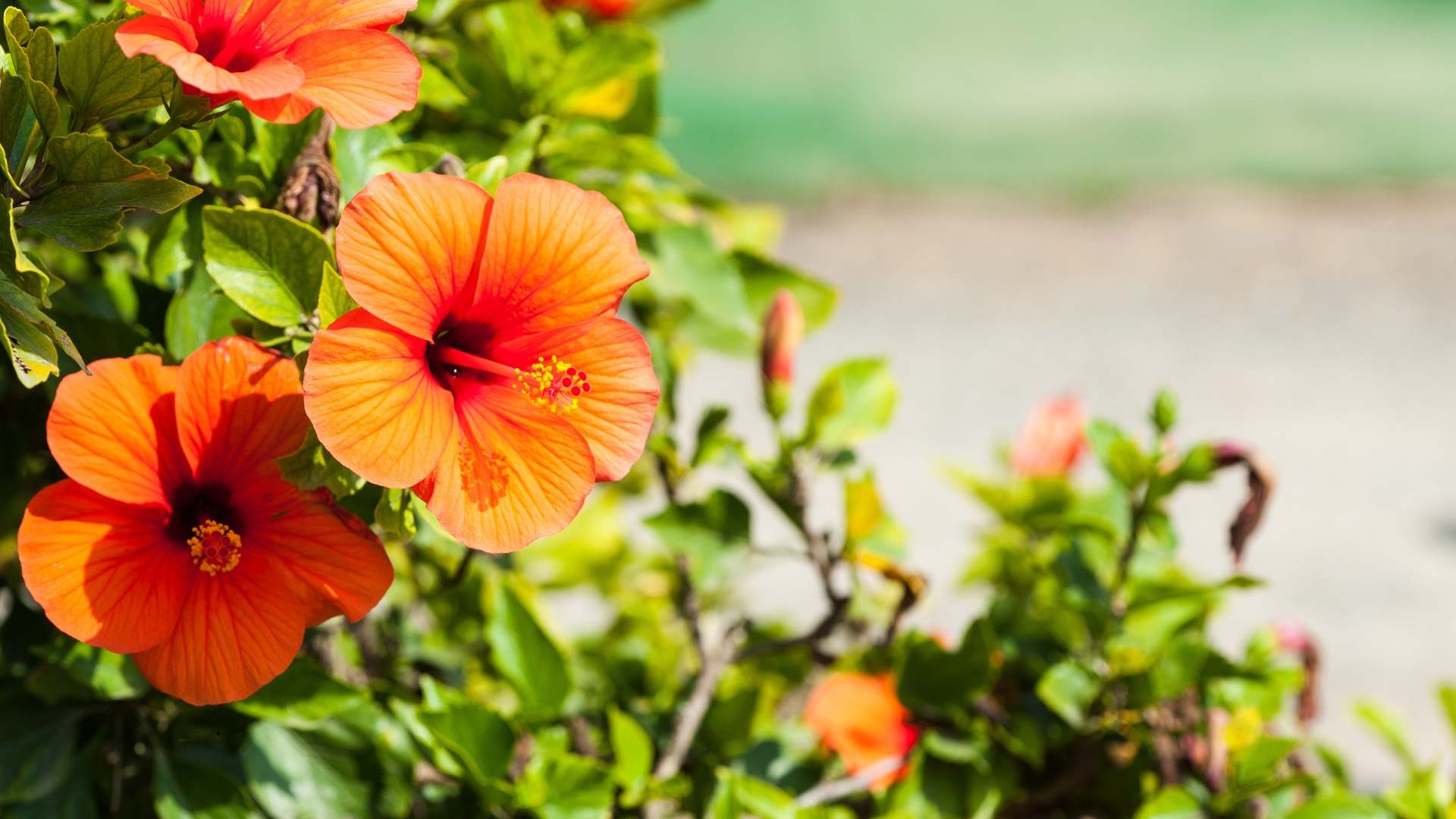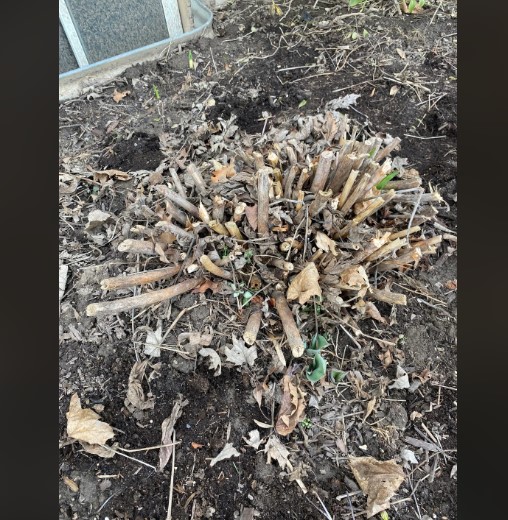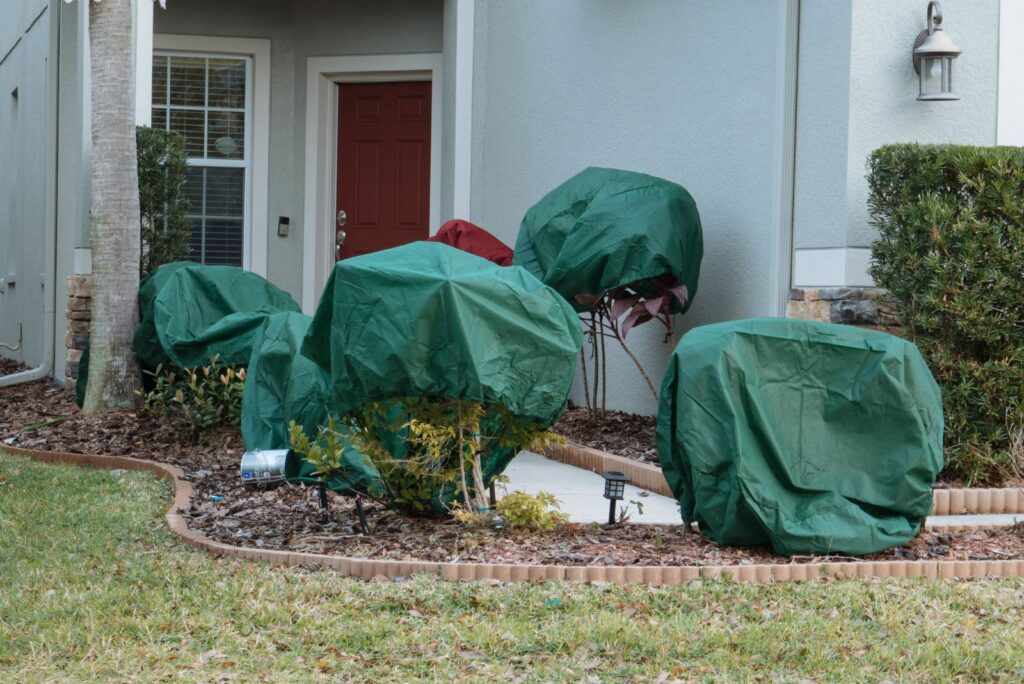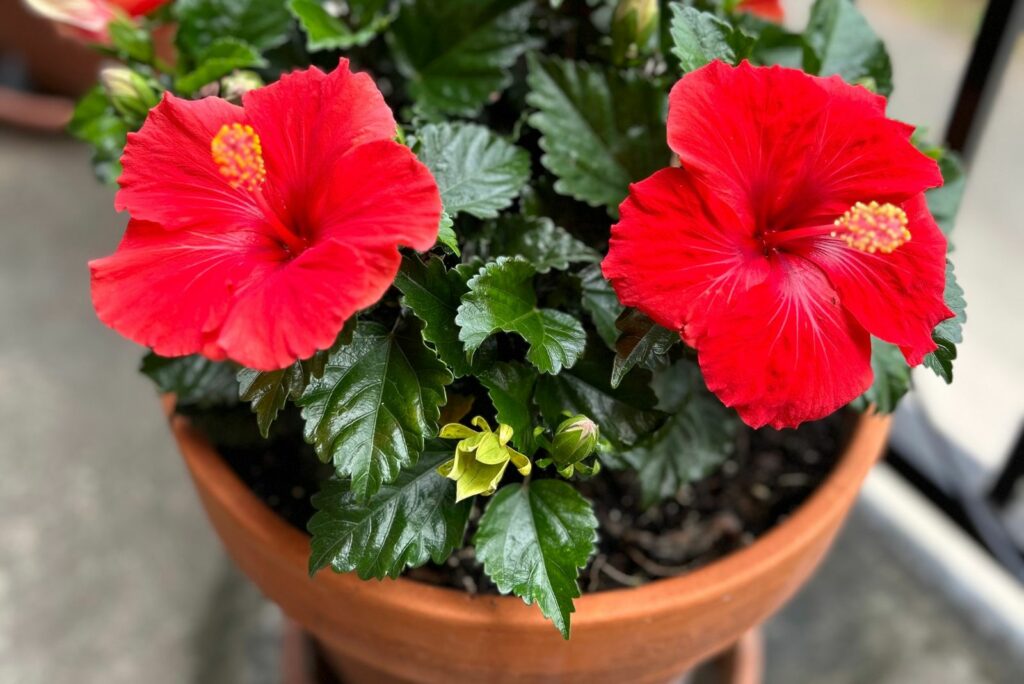With a hibiscus in your garden, yours is sure to be the yard everyone’s talking about. Its mesmerizing blossoms make heads turn come early summer, bringing a splash of tropical flair that’s second to none.
Here in Florida, my hibiscus shows off until mid-fall, though up north the blooms will disappear a bit sooner.
But hibiscus’ beauty isn’t the only thing that wins everyone over; it’s super easy to maintain and I can definitely say it’s one of my fav’s.
If you’re aiming for a spectacular bloom fest next season, a bit of fall prep is essential. Follow these simple tips, and you’ll be watching your prized hibiscus thrive in no time!
1. Prune And Cut Back Your Hibiscus In The Fall
There are many plants you should prune in October, or generally in the fall, and hibiscus is one of them. But, not every hibiscus variety enjoys a haircut at this time.
For instance, if you grow hardy and native varieties, you must put pruning on your to-do list. Once they lose their leaves in the fall, it’s time to grab those shears.
The majority of hardy hibiscus varieties will need pruning after the first frost. Don’t be scared to cut them down to about 3-4 inches above the ground level. They typically don’t need a lot of time to recover from pruning and will send new shoots as soon as spring arrives.
What about tropical varieties? The instructions are simple: DO NOT prune them in the fall! For these hibiscus types, it’s best to wait until spring or after the last expected frost.
And this applies to tropical hibiscuses grown in both cold and warm regions. What I like about these varieties is that I can enjoy the foliage for a long time, so skipping pruning isn’t bad at all!
2. Your Tropical Hibiscus Needs Protection!
Of course, if you grow hardy varieties, there’s no need to protect them from cool weather. My brother lives in Wisconsin and his swamp mallow hibiscus didn’t die back even when temperatures hit -20 degrees Fahrenheit.
But for tropical hibiscus, the story is a bit different. These varieties are tender and cool temperatures can quickly damage them.
For example, if you grow rosa-sinensis cultivars, such as Fiesta hibiscus, you’ll need to secure protection. We call this technique winterization and there are a few ways to do it.
If you keep your tropical hibiscus outdoors and you live in zone 8 and below, I highly recommend taking it indoors to overwinter.
As soon as the temperature hits 50 degrees Fahrenheit, it’s time to get those containers moving!
For an in-ground grown tropical hibiscus, you must cover it with frost sheets. Yes, I know it looks kinda unsightly, but remember that your goal is to protect your plants!
3. Don’t Forget To Mulch For The Healthiest Plants Possible
If you grow hibiscus, then you should know that mulching the soil in the fall is inevitable. And this applies to both in-ground and container-grown hibiscus plants.
The main goal of mulching is to keep hibiscus roots warm throughout the cooler months but that’s not the only benefit. Remember, mulch helps the soil retain moisture, so you don’t need to water your tropical hibiscus often.
Don’t be stingy when it comes to mulch; always look for high-quality mulch types because you want to make the most of it.
I always use pine needles as mulch for my hibiscus and I must say, it works perfectly!
When applying your mulch, aim for a 1-2 inch thick layer and make sure to place it around the base of the hibiscus plant.
If your hibiscus is potted and mulch can’t fit, you can scrape the topsoil and then apply mulch.
So, follow these 3 simple fall tricks, and your hibiscus will breeze through the cooler months, ready to take center stage next season!




